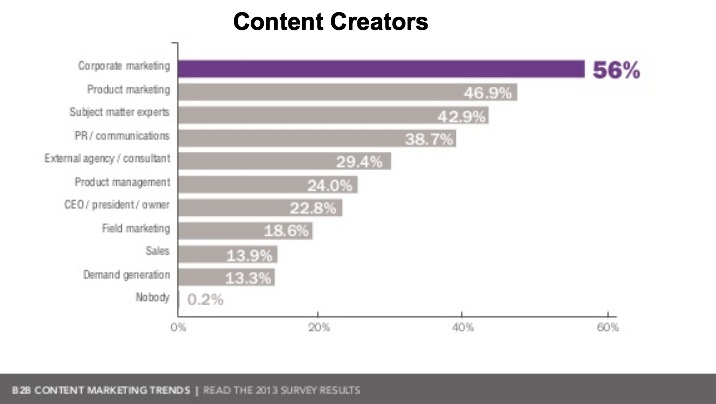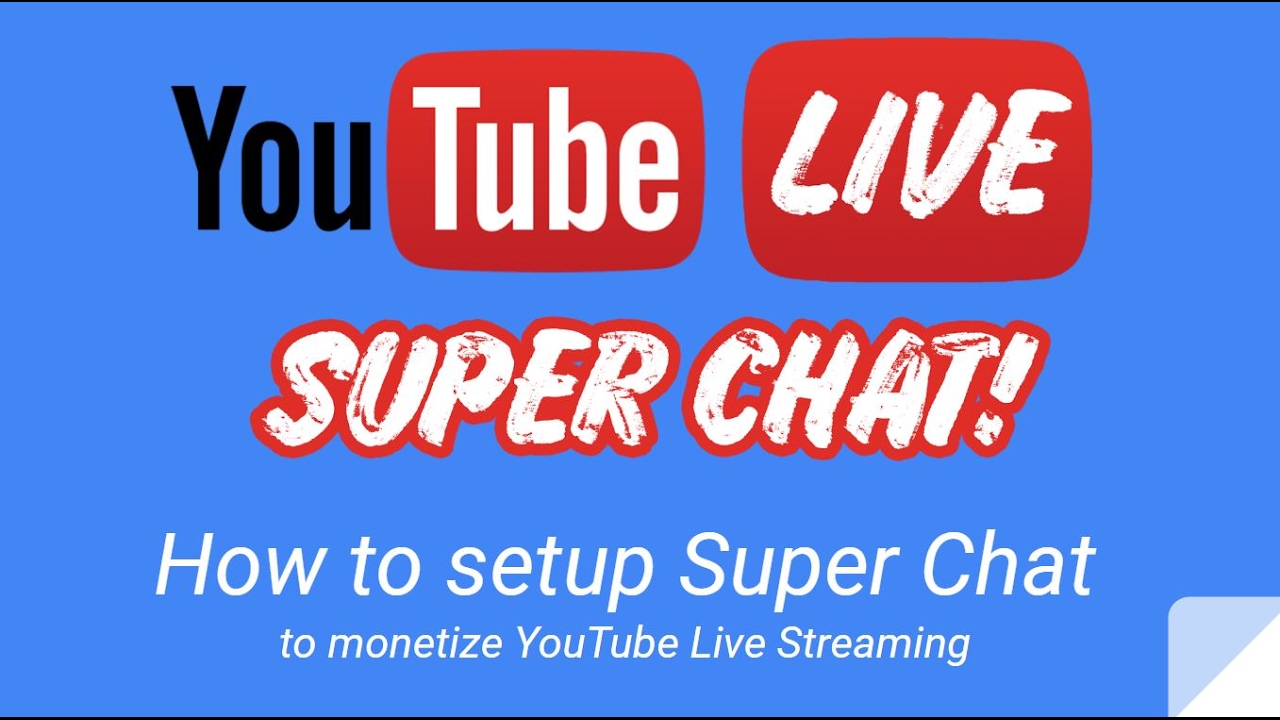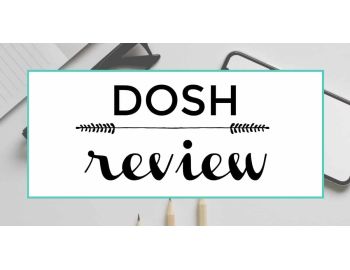
So, you have decided to launch your own digital advertising strategy. What's next? What's next? This article will help you navigate the different steps, starting with choosing your channel and researching your audience. This article will also help you to create a customer path and split test a strategy. This will help you determine if your strategy is working well for your brand. If your strategy is not working, you are not the only one. There are many other businesses who have had the same question: "How do I start a digital marketing strategy?"
Researching your audience
In creating a digital marketing strategy, research your audience to better understand their needs. You can accomplish this by conducting quantitative research. This involves taking a survey of a large group and generating statistical findings. For example, to create an email blast for a certain audience, you must identify their problems and interests. Similarly, you can look at their purchase history to determine their purchasing behavior. Then you can tailor your marketing message for the right audience segment.
A successful digital marketing strategy requires you to get to know your audience. You will not be able understand their wants and needs if you don't conduct research. Luckily, research can help you identify those issues and develop personalized content for them. Doing research will allow you to anticipate their needs and help you market more effectively. These are some tips to help you research your audience.
Interviews: You can use surveys to better understand your audience. Surveys: You can email existing customers and publish customer reviews via social media. Interviews are also possible. These surveys can give you valuable insight into your audience's motivations. You can then create your digital marketing strategy. Not only is it important to research your audience but also to create a compelling marketing campaign. This way, you'll be able to engage your audience and increase sales.
Segmentation: By understanding your audience's preferences, interests, and lifestyle, you'll be able to tailor your messaging to them. Segmentation is a powerful tool to create stronger messages and connect with customers in a more personal manner. Adidas sent a specific email targeting women, while the clothing manufacturer categorised its customers by gender. A survey asking customers to rate the retailer would give an average score of 8/10.
Selecting channels
Your product or service promotion will be enhanced by digital marketing channels. The primary goals, competition, budget, and other factors should guide your choice. Different channels deliver different results. Be wise and choose which one works best for you. Depending on the channel you choose, what content you share with your audience will determine which format you use for your ads. Content marketing is still the king of marketing and will always be relevant, but if you want to reach your audience, there is no doubt that you must take advantage of this technology.

The goals of your company will determine the decision to use a specific digital marketing channel. Set your short-term and long-term goals. One long-term goal is to increase revenue 20 percent over the next two year. Another short-term goal is to generate 400 qualified leads in six months and increase website traffic by 70% within eight months. To determine which channels are best for your business, identify both the short-term as well as long-term goals.
Make sure you analyze each channel's effectiveness before you decide which channels are best. Each channel comes with its own strengths, weaknesses and freedoms. Identify the type of creative content you will need for each channel, as well as its costs. You should make sure you have all of your budget available before you begin using new channels as part of your digital marketing strategy. Facebook and Twitter are the best channels to generate buzz.
Creating a customer journey
A customer journey map is one of the most crucial elements of a digital marketing strategy. These maps are a visual representation of the customer journey, from making a decision to take action. The customer journey maps can be used to show customers the entire customer journey, from the first stage of a sales funnel to when they become loyal customers. The customer journey map can also help identify where improvements can be made.
A customer journey map, in a nutshell is the prospect's journey towards purchase. It is used by marketers to help them map the questions they ask as well as the pain points they encounter. The higher-funnel phases are for creating awareness and generating interest. The last stages are for building brand loyalty. This should start with awareness.
After researching and learning about a brand, potential customers begin the information-gathering phase of the customer journey. They don't necessarily know you, but they do know what they want. Customers should be able to make an informed decision during this phase. To help customers overcome any remaining obstacles during the purchasing process, brands may offer a free trial period.
A customer journey map will help marketers target their advertising efforts by understanding the steps customers take to buy a product or service. Each stage should have its own buyer persona. Marketers will be able to adjust their marketing campaigns based on the stage's goals by knowing this information. Marketers can use a customer journey map to better understand their audience. It will help them identify what motivates each stage in the customer's decision making process.
Split testing your strategy
Split testing can be used to improve the profitability of your digital marketing strategy. Split testing can be used to improve headlines, page copy and button text. Images, social sharing buttons, email advertising, call to actions, and social media buttons are just a few examples. Below are some scenarios to test. Split testing allows you to identify which marketing tactics are most effective in increasing sales and profitability. You must use the right size sample. Split testing should always be done with the appropriate confidence rating.
Split testing helps you identify which marketing strategies are performing well and where you need to make improvements to maximize their effectiveness. Split testing helps you monitor whether your online marketing strategy generates leads and brings in returns. Split testing lets you test out different versions of a website or specific elements. You can use the split test results to determine if your website makes money. You can then make adjustments to your digital marketing strategy once you know which variants are generating more leads.

To get ideas for split tests, use the ClickFunnels ad library, which allows you to test 6 different versions of one advertisement. Facebook is another good place to look for split testing ideas. You can find many examples of Facebook ads and copy them to see which ones perform better. Split testing can be done on landing pages as well. Split-testing can also be done on landing pages. Moving the CTA down from the fold increased conversions 30% while removing the CTA from the landing page led to cart abandonment rates dropping by 33%.
Split testing plays an essential role in conversion optimization. Splitting traffic into two groups is what splits it. Split testing lets you show half the variant version to 50% of your traffic. Splitting traffic into equal segments is used to show the variant version to each segment in a multivariate experiment. Split testing can enhance your digital marketing strategy and you will be amazed at the results.
Measuring the success
Measurement is an important step in any digital marketing strategy. This can be accomplished in many ways. To measure the effectiveness and efficiency of a campaign's efforts, you can use other metrics such as the number pages viewed. These metrics can help you determine the success or failure of a campaign depending on your target audience and to evaluate the effectiveness of an individual marketing initiative.
In order to measure the success of a digital strategy, it is important to monitor key performance indicators (KPIs), in order for you evaluate the effectiveness of your campaigns. KPIs are quantifiable metrics used to track the performance of your marketing team against a set goal. These targets can either be high-level and low-level. These KPIs are helpful in identifying campaign success.
It is also crucial to establish specific objectives for measuring your digital marketing strategy. To illustrate, how many people did your website attract? Was your website encouraging purchase? Are your email campaigns generating more sales? Are you getting new business? How many people opened an email and made a purchase? These are just a few examples that you can track to see if your digital marketing strategy is effective. Ultimately, it will all depend on your objectives, your goals, and your digital marketing strategy.
FAQ
How long does SEO take to get traffic?
SEO can generate traffic in 3-4 weeks. However, there are many variables that can affect the time it takes to generate traffic through SEO.
-
Content quality
-
Backlinks
-
Targeted keywords
-
Competitor rankings etc.
SEMrush gives you a free trial if you are just starting out in SEO. You can monitor all aspects of your SEO campaign with them, including competitor research and backlink profile, top pages and local listings, organic traffic stats, reports and more.
Where should my website be?
Your website must be at the top of search results. This means that your website should appear near the top in every search result. Some searches can have hundreds of pages. What makes your website different from these competitors?
Will A Content Strategy Help Me Get Better Ranking?
Content strategy refers to the planning of how much content your company will produce in a given time. This strategy includes keywords and topics as well as other information about your company. This plan will help you avoid producing too much or too little content.
What is On Page SEO?
On-page search engine optimization is what you do on your website to make it rank higher in search engines. Things such as site architecture, page titles, meta tags, and image alt text are all part of on-page SEO. Off-page optimization refers to any activities outside of your website that can improve its ranking. These include backlinks, social media shares, press releases, and more.
What Are Some Common Mistakes Made by SEO Users?
SEO is one of the biggest mistakes people make. SEO isn't a process that can be automated. Your website must be optimized correctly to succeed. Search engines are often tricked by black-hat techniques. This is another common error. Black hat techniques can harm your rankings rather than help them.
Statistics
- Which led to a 70.43% boost in search engine traffic compared to the old version of the post: (backlinko.com)
- Deleting those 10k pages is one of the main reasons that he improved his site's organic traffic by nearly 90%: (backlinko.com)
- Sean isn't alone… Blogger James Pearson recently axed hundreds of blog posts from his site… and his organic traffic increased by 30%: (backlinko.com)
- A 62.60% organic traffic boost to that page: (backlinko.com)
- 64% of marketers actively create SEO campaigns because they help hit multiple key performance indicators (KPIs), including increasing traffic, helping your site rank for relevant keywords, improving your conversion rate, and much more. (semrush.com)
External Links
How To
How to choose an SEO strategy that works for your business
These are some factors that can help you choose the right SEO strategy for your website.
-
Keyword Research
Your primary goal in SEO is to rank high for certain terms. To do this, you need to research keywords that are related to your website. Negative keywords should be avoided.
-
Content Strategy
Content marketing is important for all businesses. It is important for eCommerce sites to rank high in search results pages. This will increase sales and conversion rates.
Creating relevant, engaging content that solves problems and provides solutions is key.
-
Link Building
Links can be vital to rank well in search engines. They help improve your site's credibility and page rankings. However, too many links can reduce your Page Rank score. To build lasting relationships with other websites, you should focus on building them.
-
Social Media Marketing
Using social media channels to promote your business is a smart move. You can encourage others to share your material by sharing content across these platforms.
-
Website Structure
Good design doesn't necessarily translate into better rankings but it does make an impact. Clear and simple layouts lead to better conversions. Your site must load quickly to ensure users don't leave without completing transactions.
-
Mobile Optimization
Mobile devices account for almost half of internet usage today.If your website isn't optimized for mobile, you could lose out on traffic and potential clients.
-
Local Search
This refers specifically to local markets, rather than national. Local SEO optimizes your website in order to rank for local searches such "restaurants nearest me" or business listings in my local area. It is easier for local SEO to rank well because people trust recommendations from relatives, friends, colleagues and colleagues.
-
Ecommerce Website Development
Ecommerce websites benefit from a range of different types of SEO strategies.For example, they often perform best when they're optimized for both desktop and mobile devices. Additionally, they are more likely to rank higher for longer-tail keywords.
-
Video Ranking
Video content ranks well in search engines. It ranks well on search engines and is shared more often.
-
Branding
Branding is the process of designing a logo, product names, and messaging that gives your company its own identity and personality. This helps customers know who you are and what your company does.
-
Analytics Software
Analytics software allows you to track how visitors interact with your website.The information gathered through analytics can help optimize your efforts and increase conversions.
-
Email List Management
Email lists allow you to send emails directly to your target audience.You can send messages about new products, special offers, and promotions.
-
Blogging
Blogging is another way to generate quality backlinks. You'll attract links from reputable sources when you write blog posts related to your business.
-
Customer Satisfaction
Customer satisfaction is one of the most effective ways to get high-quality backlinks.When satisfied customers refer their friends and colleagues to your site, this will result in quality backlinks.
-
Content Marketing
Content marketing involves producing unique, useful, relevant content that educates, entertains, or inspires readers.
Engaging content will build trust with your target market and result in higher conversion rates.